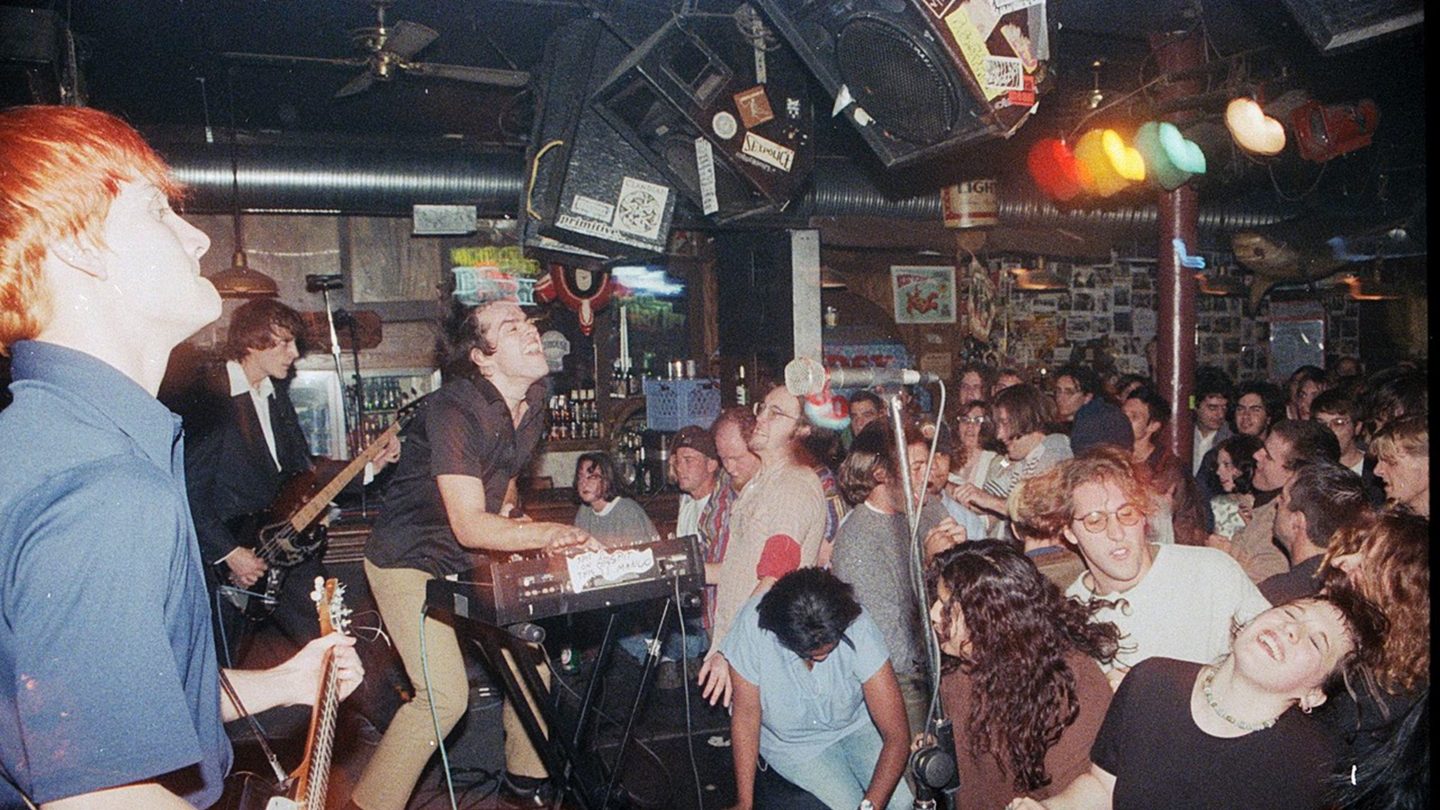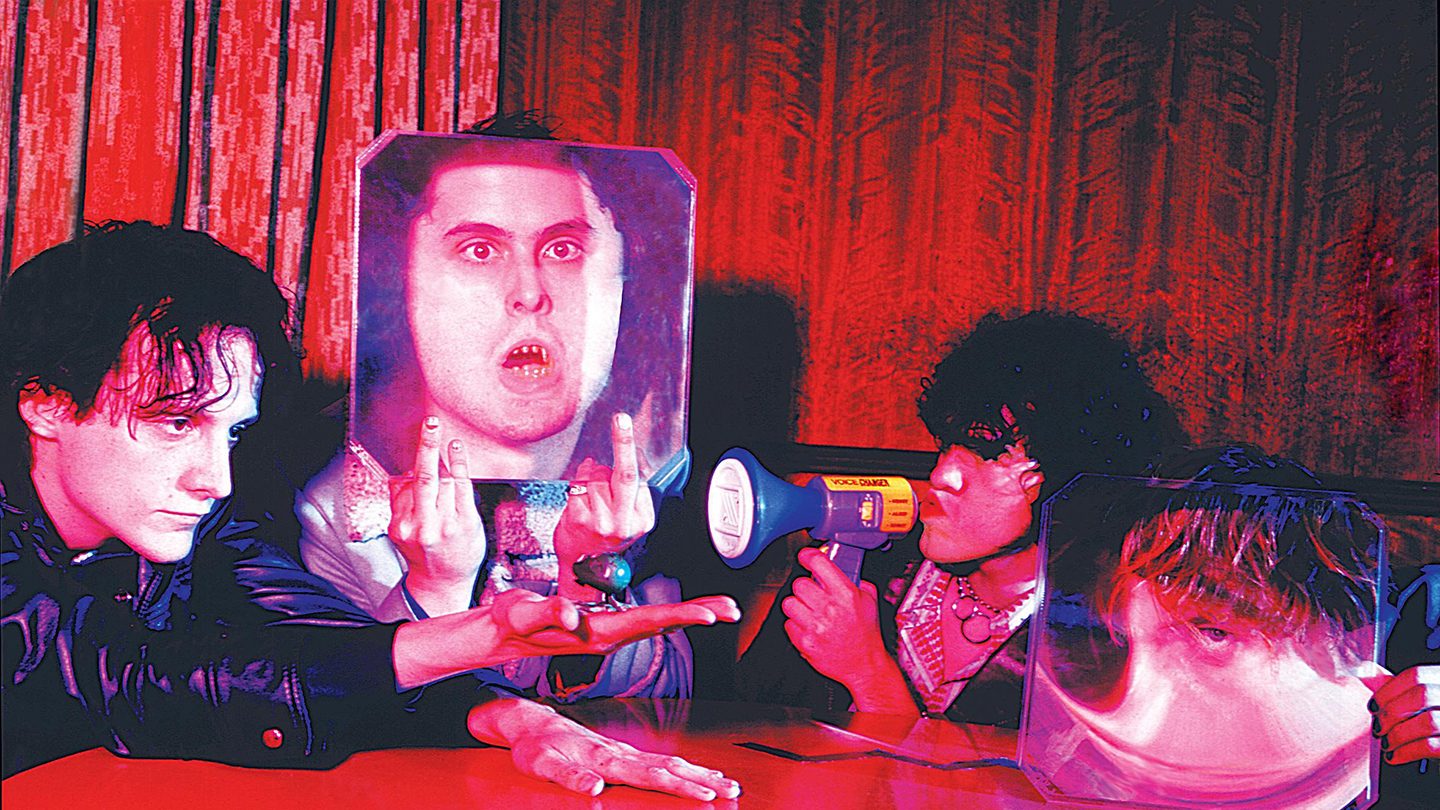“What if this all stops today?” In the SXSW 2019 world premiering documentary, Brainiac: Transmissions After Zero, which traces the short, but impactful life of the ’90s indie rock band, that is the question Brainiac’s bassist Juan Monasterio recalls asking himself in 1997. At the time, the Dayton, Ohio-based quartet, which also included vocalist and keyboard player Tim Taylor, drummer Tyler Trent, and guitarist John Schmersal, had just completed another stellar tour and was about to begin recording its major label debut.
“... to this day, that band is seared into my DNA because of how incredibly innovative they were,”
But, not long after that question flashed in Monasterio’s head, the unthinkable suddenly ended the band’s brilliant five-year run: Taylor was killed in a bizarre accident. That tragedy is where the film starts, but it soon rewinds to the band’s beginnings, and the screen is alive with Brainiac’s infectious, angular, distorted musical thrill ride.
Besides Monasterio, Trent, and Schmersal, interviewees include Taylor’s family and artists such as actor Fred Armisen, At the Drive-In’s Cedric Bixler-Zavala, former Smashing Pumpkins and Hole bassist Melissa Auf der Maur, The Jesus Lizard’s David Yow, and Girls Against Boys’ Scott McCloud and Eli Janney.




